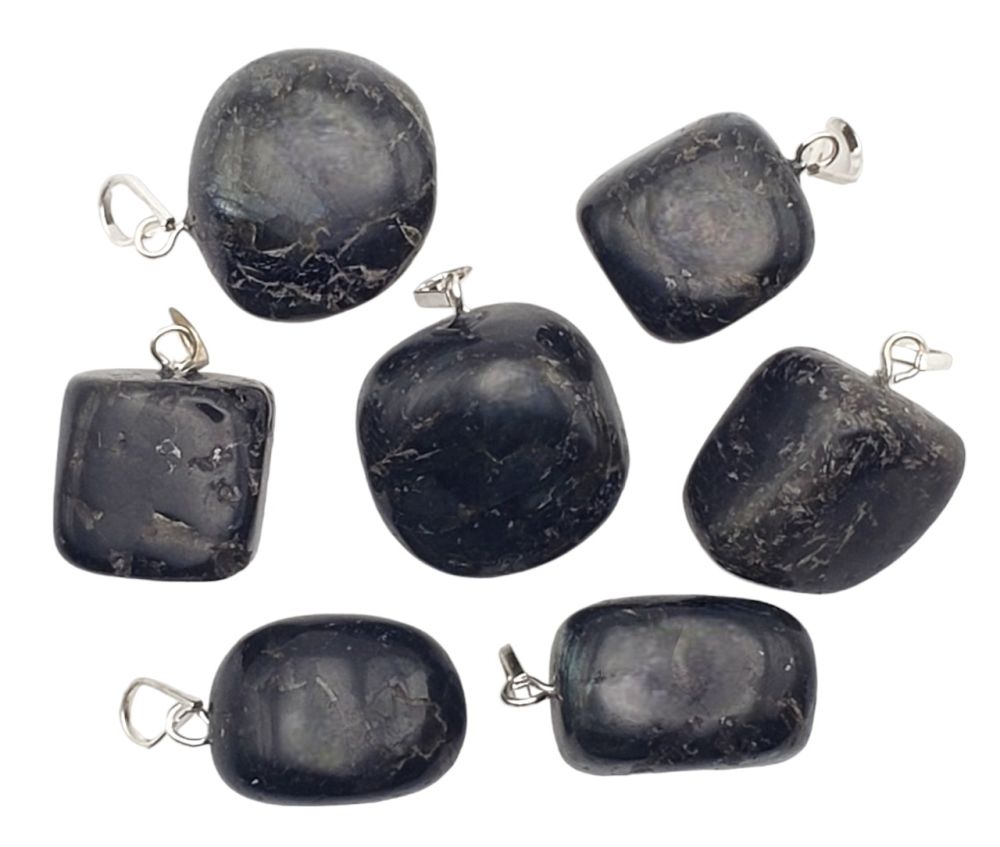We use cookies to make your experience better.
TimmersGems has a new website, existing customers also need to register again.
Drilled pendants from Larvikiet from Norway with drilled silver pin & hanging eye.
Good quality pendants made of various types of beautiful gemstones, which are completely manually drilled and provided with a silver pin.
Availability:
In stock
SKU
120713
- Buy 25 for €0.99 each and save 34%
Drilled pendants from Larvikiet from Norway with drilled silver pin & hanging eye. is available to buy in increments of 10
Larvikite is an igneous rock that contains a lot of plagioclase, mainly in flaky form. When polished, this gives the rock a typical blue-gray sheen and a "shiny" appearance, although this is not caused by mica. Larvikite is an igneous rock that contains a lot of plagioclase, mainly in flaky form. When polished, this gives the rock a typical blue-gray sheen and a "shiny" appearance, although this is not caused by mica. The rock larvikite is named after the place where it was first described, Larvik in Norway. Larvikite is best known from the region around Oslo, an area in Southern Norway where Larvik is also located. The area consists of a complex of magmatic rocks, mainly monzonite. The volcanism that formed this complex has been dated to Early Permian (297 - 292 Ma) using the U-Pb method. It is suspected that the magmatic activity in the area is related to the opening of the current North Sea, a rift basin that ultimately did not lead to ocean formation (a so-called failed rift). Due to its shiny character in polished form, larvikite is often used as a natural stone for (shop) facades, counter tops and other decoration.
| Dimensions | Divers |
|---|---|
| Country of Manufacture | Norway |












